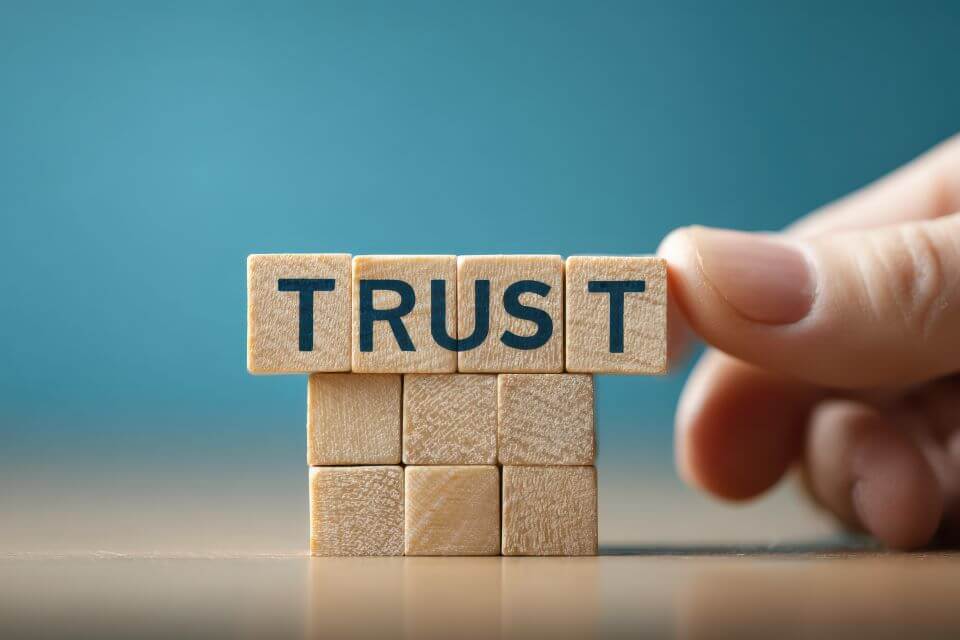Are your landing pages slowing down? Do you feel as if they no longer convert?
Landing pages play a significant role in a digital marketing strategy. But if a landing page isn’t converting well, you may be missing out on increased sales.
There may have been a time when any old landing page would do, but that isn’t the case anymore. If it isn’t crafted with care, it can hinder your growth efforts.
What Is a Landing Page?
You run across landing pages on a daily basis. Think of a landing page as a microsite effectively driving traffic to a business. It’s focused on one call to action: a signup box, an ebook, a product, or a service. It can be further segmented by specific demographics: male or female, a particular age, or a specific interest.
When a prospect is directed to the landing page, it speaks directly to them. You tease interest through an ad, social media, or search engine results. They click because they’re curious. And once they arrive, they dive deeper, gaining interest in what you have to offer.
Your website is big picture. Your landing pages are microsites. The difference between the two is a landing page has a specific call to action.
Tips for Boosting Landing Page Results
Once you have a landing page in place, your job isn’t over. You get it converting, and then you try to improve the results. How can you make it convert better? How can you attract more visitors? A/B testing can be used continuously to determine where to gain better attraction. This is where your work lies.
Tip #1: Define One Goal and Stick With It
Many business owners create a landing page directly on their website, keeping navigation in place. That can be distracting and allow your visitors to wander. For a landing page to work well, it should have a clearly defined goal and never waver from the outcome.
That’s why landing pages are often called microsites. It’s because they only have one goal and one call to action. They reach out in a targeted and concise way.
Think clearly about what your goal is for each page, especially if you’re using PPC or any other form of paid advertising to gain traction. The more specific you can make it, the better the outcome. Anything else will prove frustrating and not give you the results you’re looking for.
Dig Deeper
Why Podcasting Should Be Added To Your Content Marketing Strategy
4 Reasons SEO Will Be Your Secret Weapon For Business Recovery From The Coronavirus
Tip #2: Clearly Define Your Offer
Landing pages are part of a bigger marketing strategy—they exist in your marketing funnel. Marketing funnels can be thought of as a roadmap for moving prospects through a series of steps, building awareness as you go, until you finalize the sale. Marketing funnels include paid ads, social media, SEO content marketing, and many other channels.
This may sound easy, but it can be a very complex process. Marketing funnels may be set up initially as simple step-by-step actions, but they can grow over time. Every customer that enters the funnel will do so at their own level. They may have varied pain points and need different products or services.
The more you define, the more powerful your build can be. And as you get clearer in your offer, your landing pages can reflect that message in the way they play out. The more you work at optimization, the more information you can build to stand out.
Tip #3: Keep Branding Clear and On Target
From an ad to a landing page to a shopping cart to finalizing the sale, branding is important to ensure a customer is never confused as they move through the funnel. You can personalize this in many ways. Start with your logo and corporate colors. Ensure you speak in the same voice. Do your social media accounts reflect who you are on your website? Do you provide the same experience no matter where they enter the funnel?
A landing page is a call to action. But if there’s any confusion once they get there, you’ll lose momentum. It should mirror in every way the path they took to get there.
You can use personalization strategies to make visitors feel more welcome. Just be sure you don’t go overboard and get too detailed. Your visitor should feel comfortable the entire way through.
Tip #4: Build Trust
Customers are more likely to convert if they trust your brand. Ever been on a website that just didn’t feel right? Keep that in mind as you build out your strategy.
Think about what you look for in your own purchases. A few things that instill trust include:
- Industry accreditations
- Case studies and testimonials
- Statements like “privacy ensured” or “no obligation”
- Free shipping
- Secure checkout
- Money-back guarantees
- Third-party endorsements
Tip #5: Build a Multi-Step Process
The more information you ask for the higher-priced offers you’re making, the greater your chance of a visitor abandoning the landing page. This is where you can learn by tracking your results, and seeing what motivates your visitors. Are there weak spots in your process? You’ll notice this when people continuously leave in one specific place. How can you make that process smoother?
In some cases, it might be best to build multiple landing pages with multi-step forms to entice people to continue. Quizzes are growing in popularity because of how they lead a visitor along. Start by releasing small details at first, allowing them to build trust as they move along. They’ll be more comfortable providing a name, email, and phone later on.
The key to a highly effective multi-step process is to dig in and understand your visitors well. This comes over time. The first step—usually an advertisement—is to provide intrigue. Give them a reason to click. When they hit your landing page, the more inviting and nonthreatening it is, the better chance you have of moving them to the next step.
Get Started Today
How effective are your landing pages? Do you see weaknesses in your marketing funnel, issues that might be causing you sales? It’s time to maximize your landing pages and convert more of your lookers into action-takers.
Need a little help? Give us a call today.




